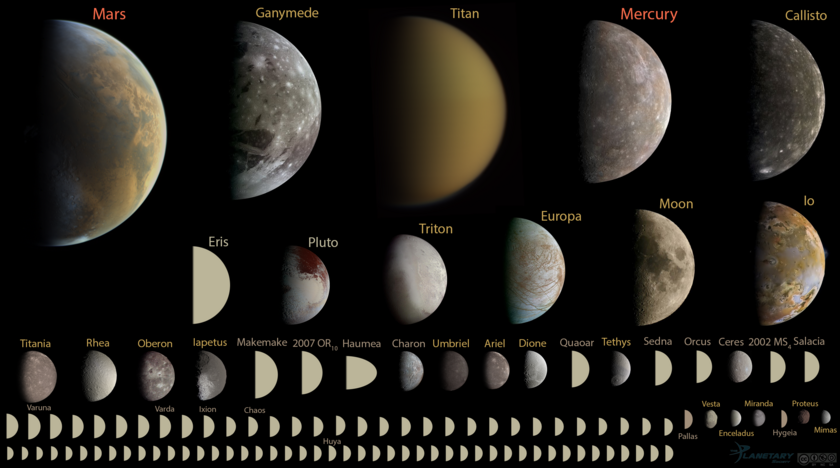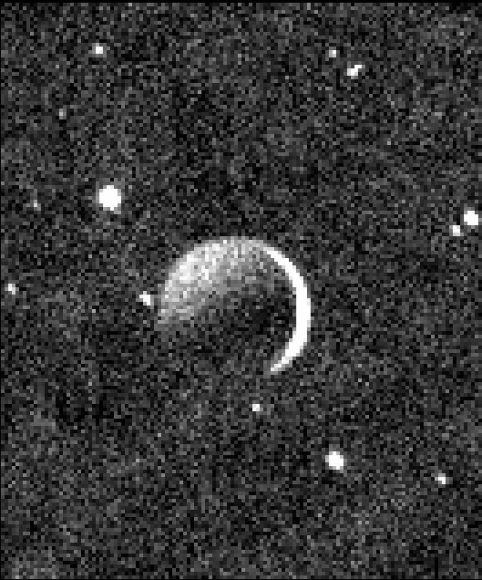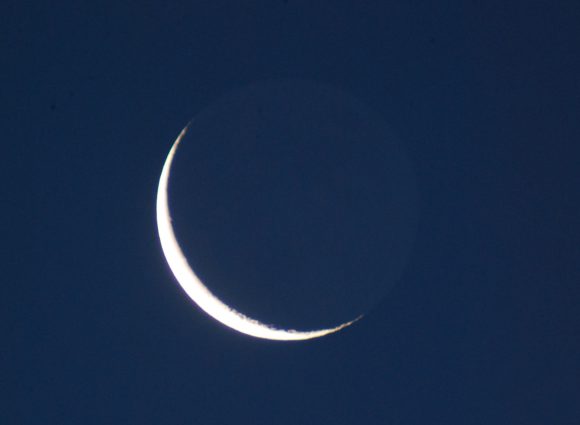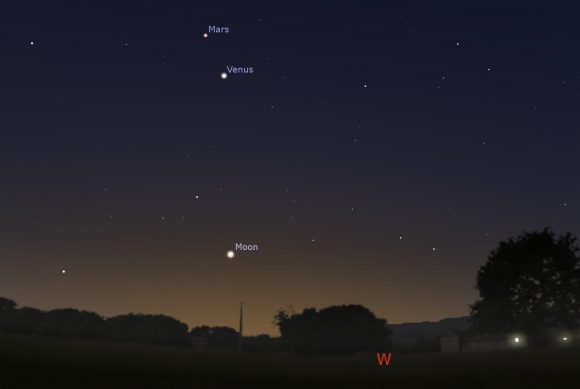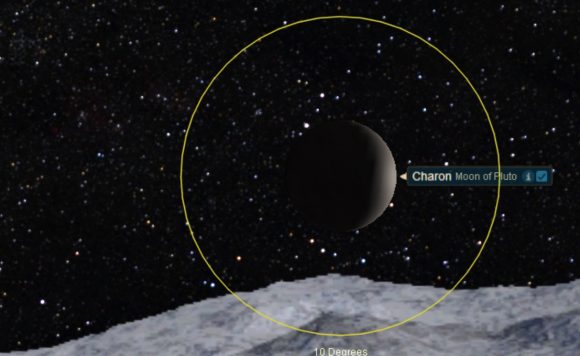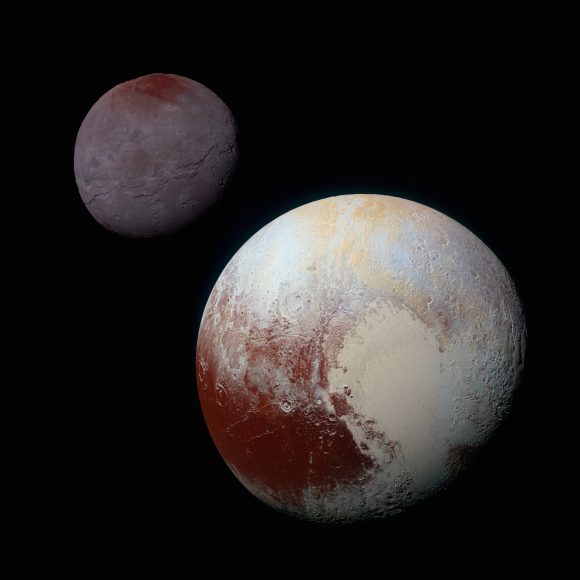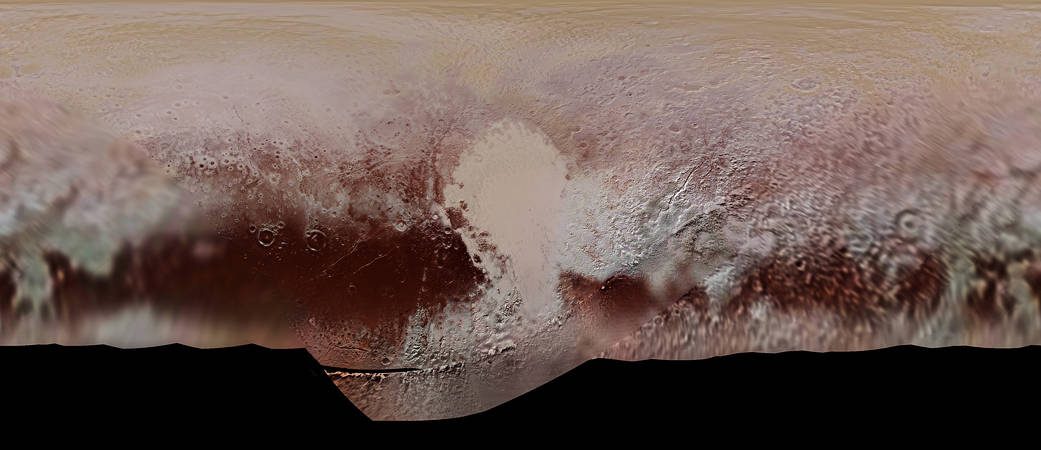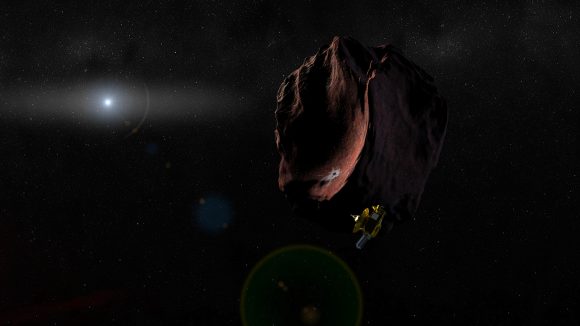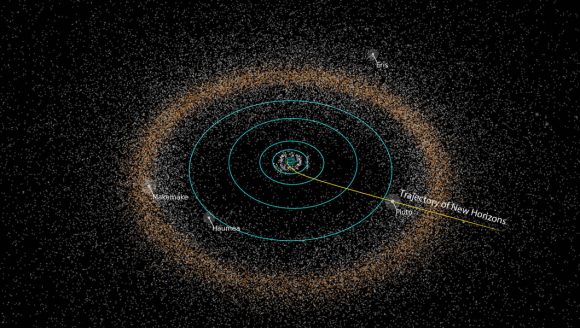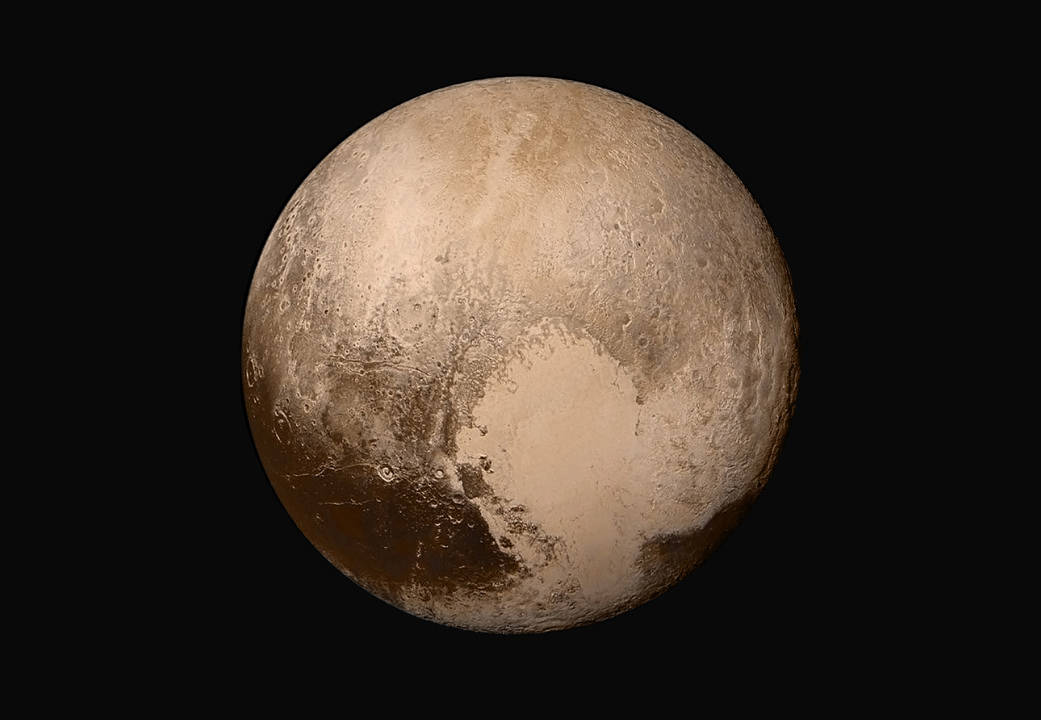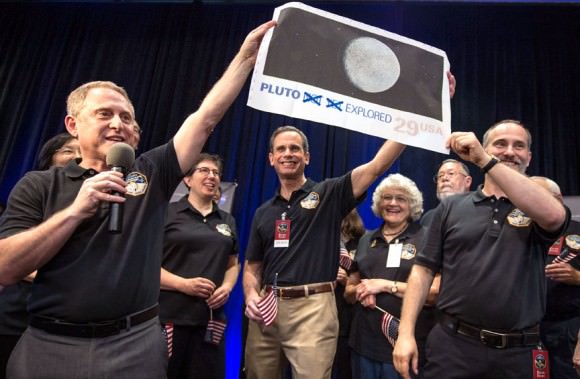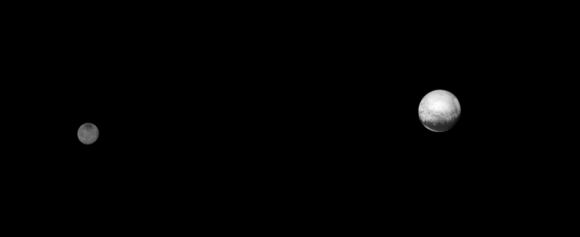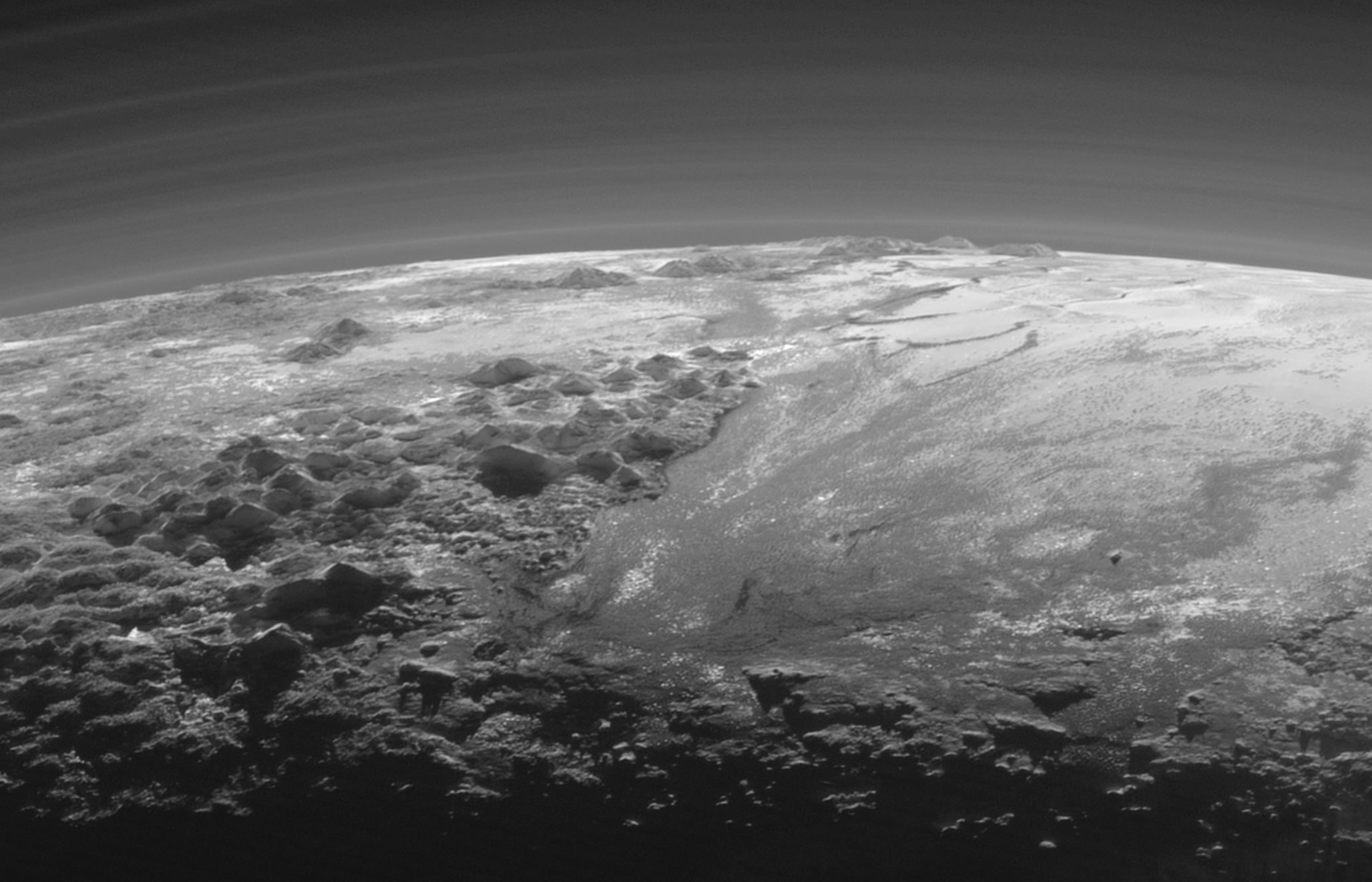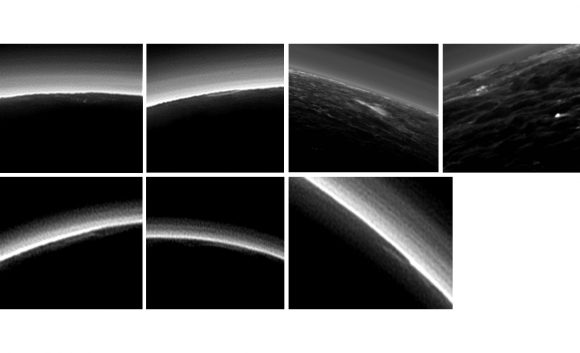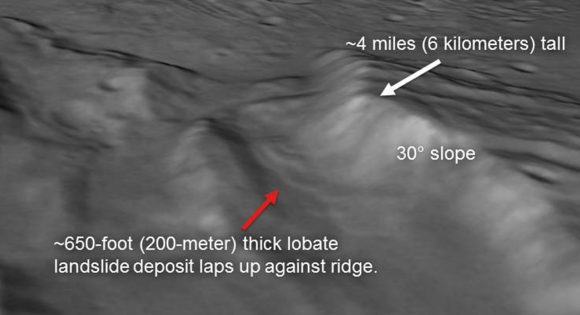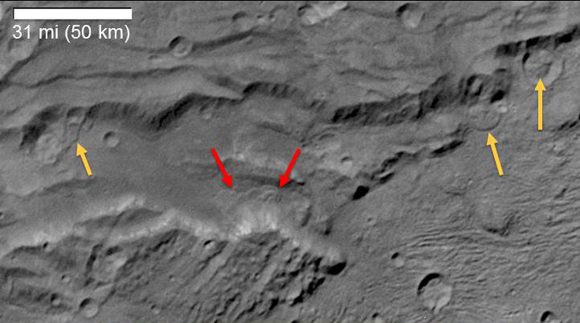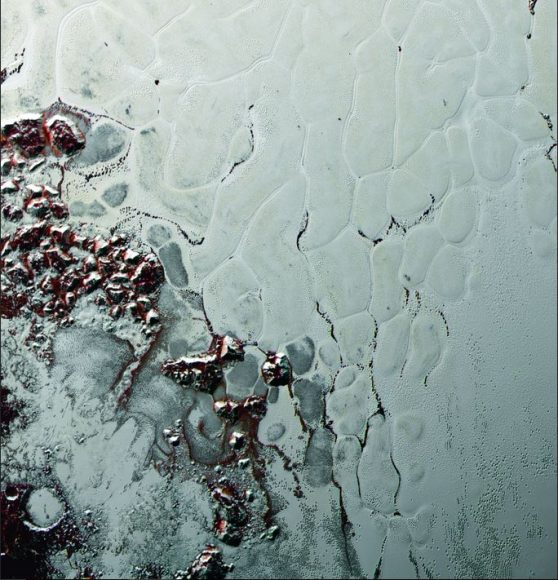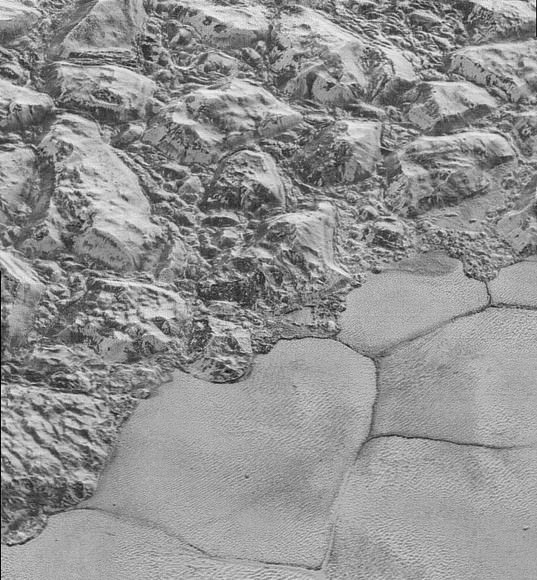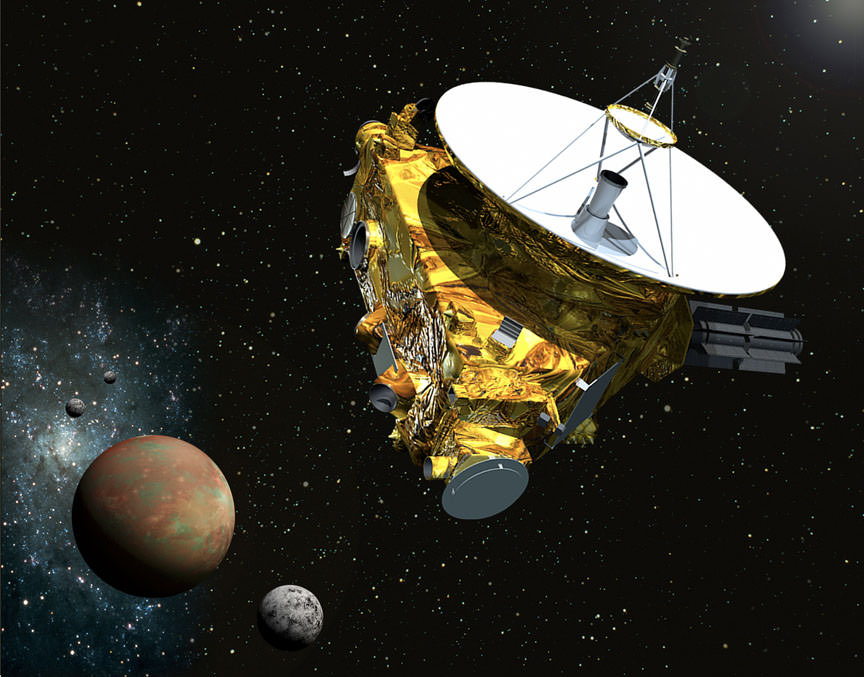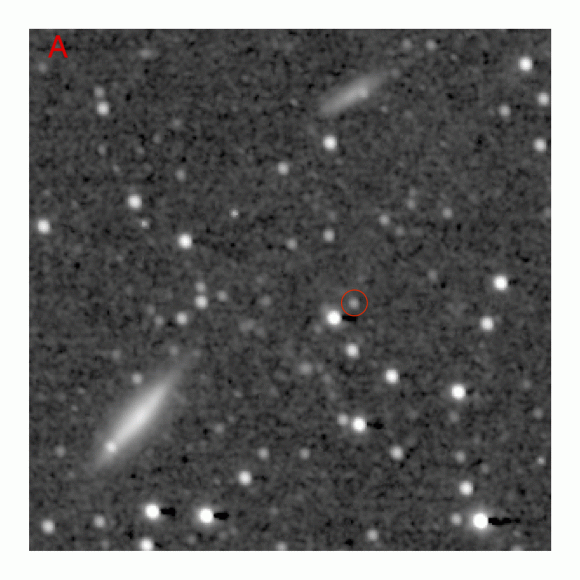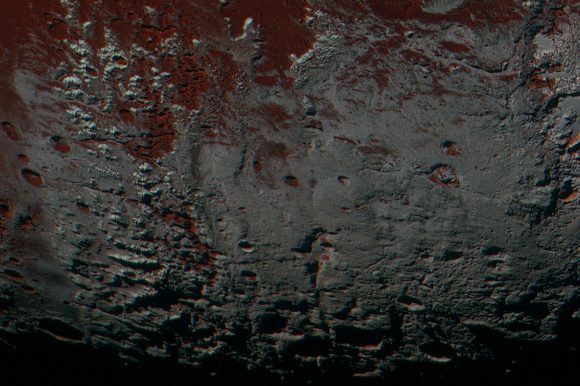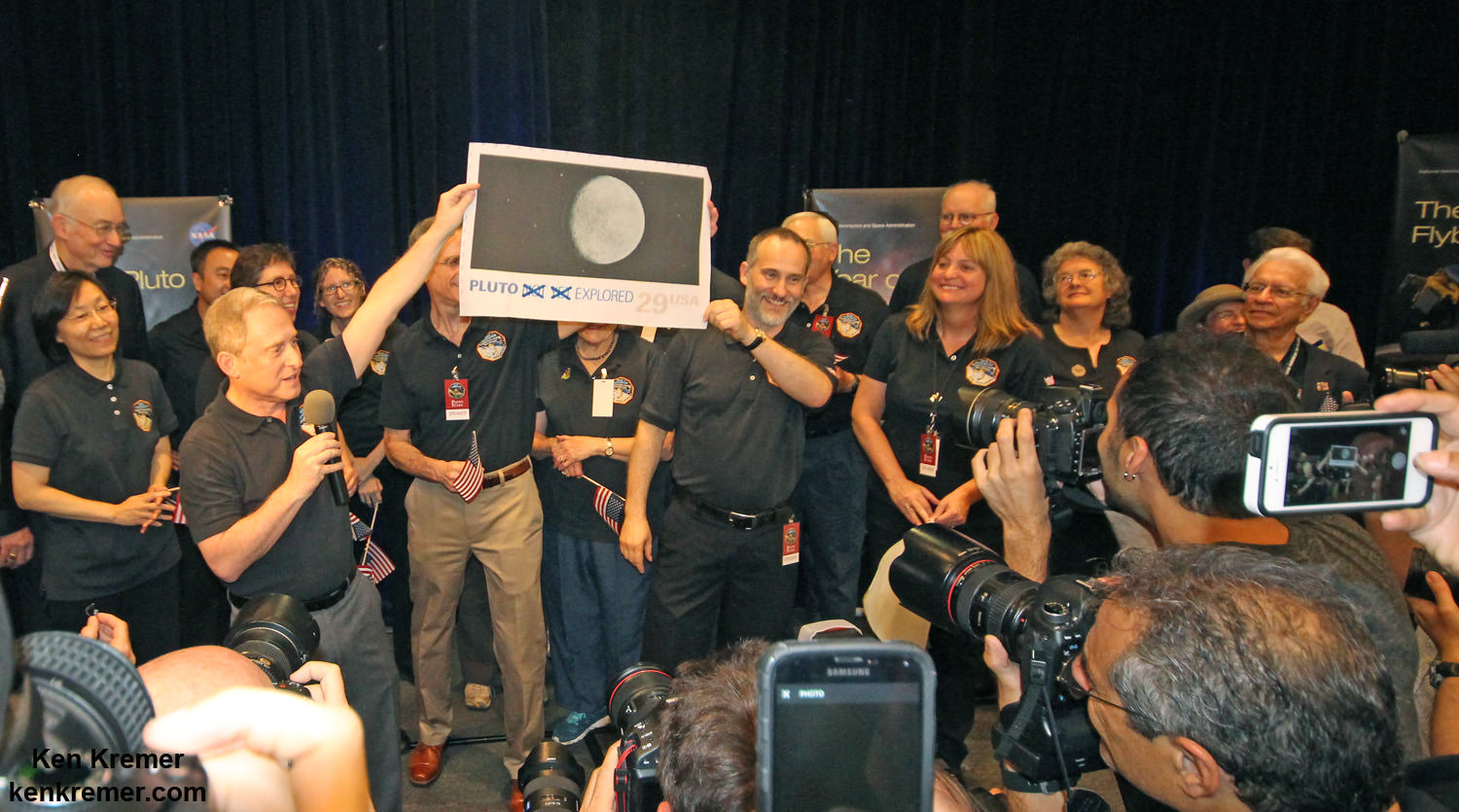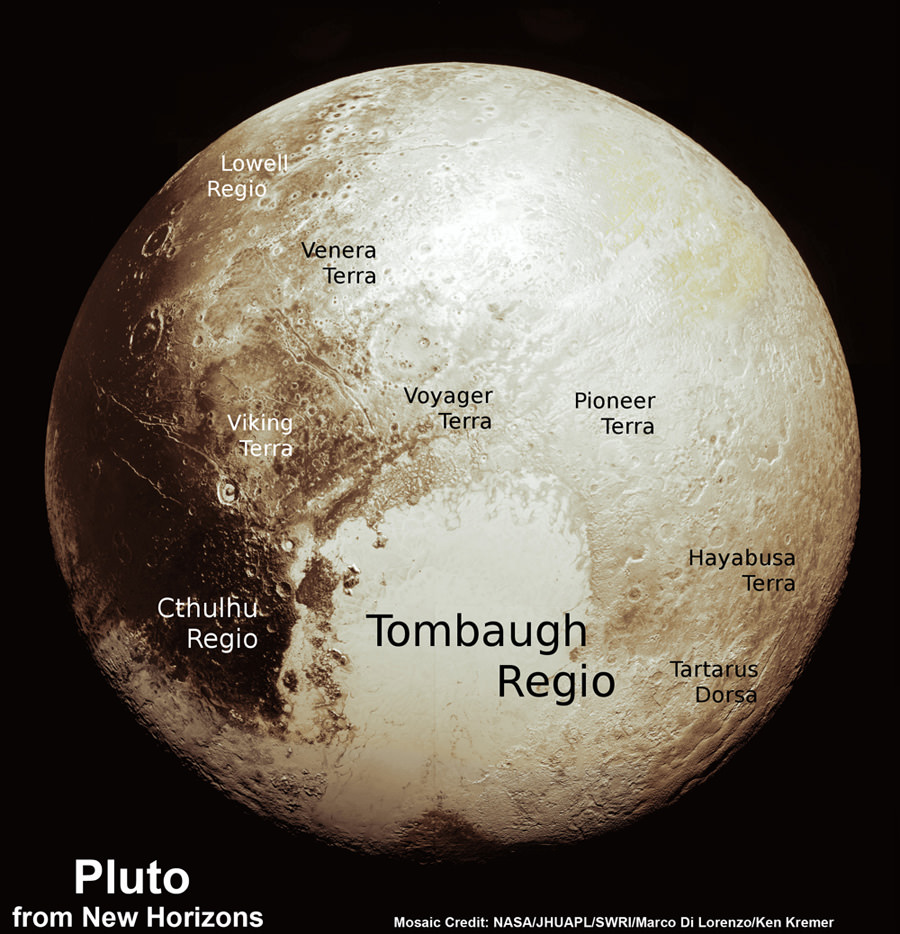Pluto’s status as a non-planet may be coming to an end. Professor Mike Brown of Caltech ended Pluto’s planetary status in 2006. But now, Kirby Runyon, a doctoral student at Johns Hopkins University, thinks it’s time to cancel that demotion and restore it as our Solar System’s ninth planet.
Pluto’s rebirth as a planet is not just all about Pluto, though. A newer, more accurate definition of what is and what is not a planet is needed. And if Runyon and the other people on the team he leads are successful, our Solar System would have more than 100 planets, including many bodies we currently call moons. (Sorry elementary school students.)
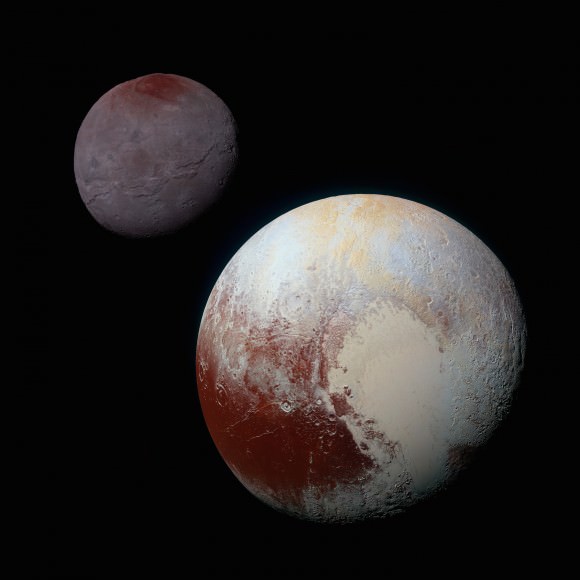
In 2006, the International Astronomical Union (IAU) changed the definition of what a planet is. Pluto’s demotion stemmed from discoveries in the 1990’s showing that it is actually a Kuiper Belt Object (KBO). It was just the first KBO that we discovered. When Pluto was discovered by Clyde Tombaugh in 1930, and included as the ninth planet in our Solar System, we didn’t know much about the Kuiper Belt.
But in 2005, the dwarf planet Eris was discovered. It was like Pluto, but 27% more massive. This begged the question, Why Pluto and not Eris? The IAU struck a committee to look into how planets should be defined.
In 2006, the IAU had a decision to make. Either expand the definition of what is and what is not a planet to include Eris and other bodies like Ceres, or shrink the definition to omit Pluto. Pluto was demoted, and that’s the way it’s been for a decade. Just enough time to re-write text books.
But a lot has happened since then. The change to the definition of planet was hotly debated, and for some, the change should never have happened. Since the New Horizons mission arrived at Pluto, that debate has been re-opened.
A group of scientists led by Runyon has written a paper to be presented at the upcoming Lunar and Planetary Science Conference on March 20th to 24th.
“A planet is a sub-stellar mass body that has never undergone nuclear fusion…” – part of the new planetary definition proposed by Runyon and his team.
The group behind the drive to re-instate Pluto have a broader goal in mind. If the issue of whether Pluto is or is not a planet sounds a little pedantic, it’s not. As Runyon’s group says on their poster to be displayed at the upcoming conference, “Nomenclature is important as it affects how we compare, think, and communicate about objects in nature.”
Runyon’s team proposes a new definition of what is a planet, focused on the geophysics of the object: “A planet is a sub-stellar mass body that has never undergone nuclear fusion and that has enough gravitation to be round due to hydrostatic equilibrium regardless of its orbital parameters.”
The poster highlights some key points around their new planetary definition:
- Emphasizes intrinsic as opposed to extrinsic properties.
- Can be paraphrased for younger students: “Round objects in space that are smaller than stars.”
- The geophysical definition is already in use, taught, and included in planetological glossaries.
- There’s no need to memorize all 110 planets. Teach the Solar Systems zones and why different planet types formed at different distances from the Sun.
Their proposal makes a lot of sense, but there will be people opposed to it. 110 planets is quite a change, and the new definition is a real mouthful.
“They want Pluto to be a planet because they want to be flying to a planet.” – Prof. Mike Brown, from a BBC interview, July 2015.
Mike Brown, the scientist behind Pluto’s demotion, saw this all coming when New Horizons reached the Pluto system in the Summer of 2015. In an interview with the BBC, he said “The people you hear most talking about reinstatement are those involved in the (New Horizons) mission. It is emotionally difficult for them.”
Saying that the team behind New Horizons find Pluto’s status emotionally difficult seems pretty in-scientific. In fact, their proposed new definition seems very scientific.
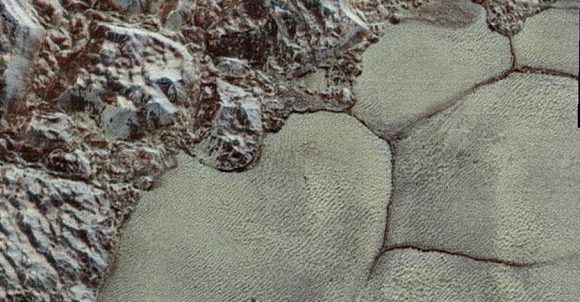
There may be an answer to all of this. The term “classical planets” might be of some use. That term could include our 9 familiar planets, the knowledge of which guided much of our understanding and exploration of the Solar System. But it’s a fact of science that as our understanding of something grows more detailed, our language around it has to evolve to accommodate. Look at the term planetary nebula—still in use long after we know they have nothing to do with planets—and how much confusion it causes.
“It is official without IAU approval, partly via usage.” – Runyon and team, on their new definition.
In the end, it may not matter whether the IAU is convinced by Runyon’s proposed new definition. As their poster states, “As a geophysical definition, this does not fall under the domain of the IAU, and is an alternate and parallel definition that can be used by different scientists. It is “official” without IAU approval, partly via usage.”
It may seem pointless to flip-flop back and forth about Pluto’s status as a planet. But there are sound reasons for updating definitions based on our growing knowledge. We’ll have to wait and see if the IAU agrees with that, and whether or not they adopt this new definition, and the >100 planet Solar System.
You can view Runyon and team’s poster here.
You can view Emily Lakdawalla’s image of round objects in our Solar System here.
You can read the IAU’s definition of a planet here.

